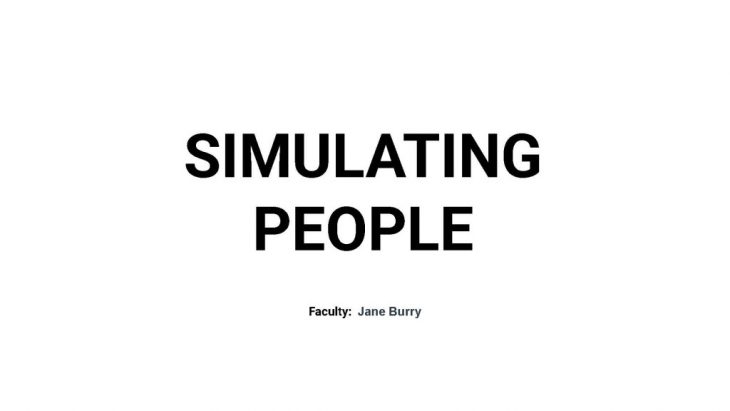
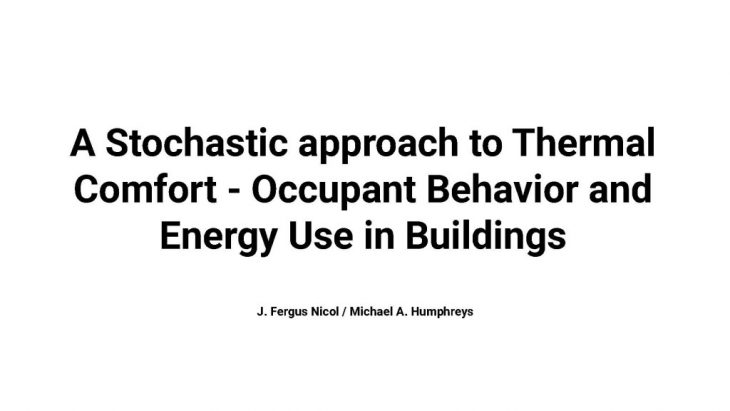

This paper presents a method to develop algorithms to predict likely occupant behavior using records of thermal comfort. The behavior is related to the opportunity given by the building for occupants to modify the indoor climate.
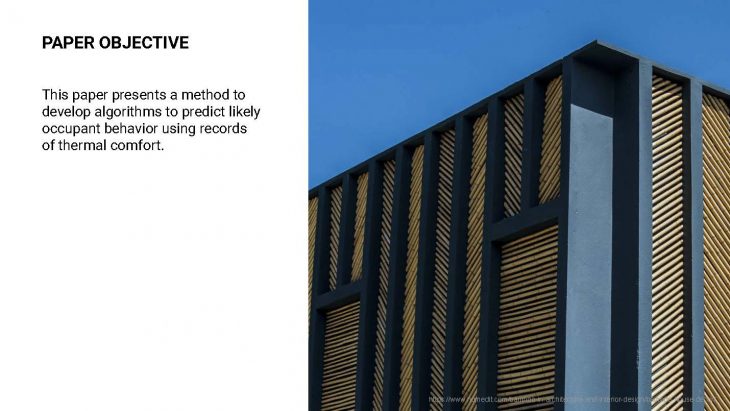
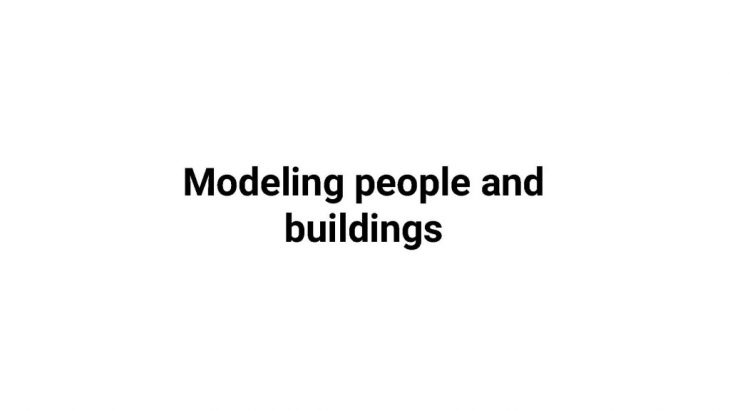
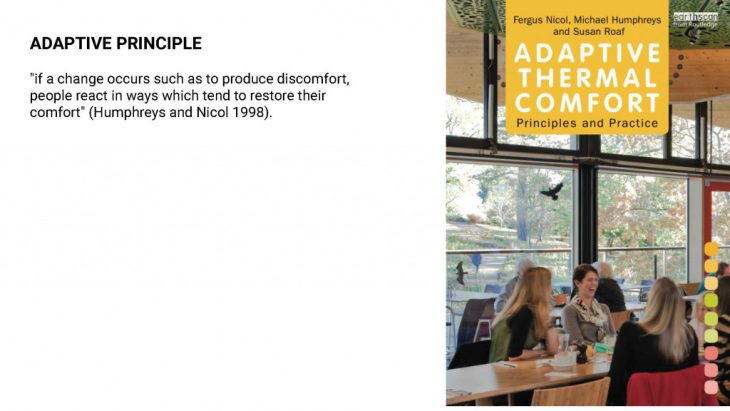
Here we see the adaptive actions that affect the temperature that subjects find comfortable like for example the clothing insulation, the metabolic rate, and the air speed.
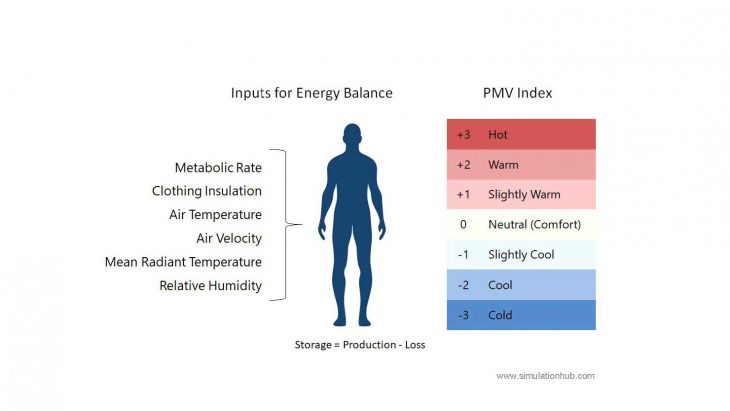
There is another adaptive strategy to modify the environment in search of comfort. By using the controls offered by the building.
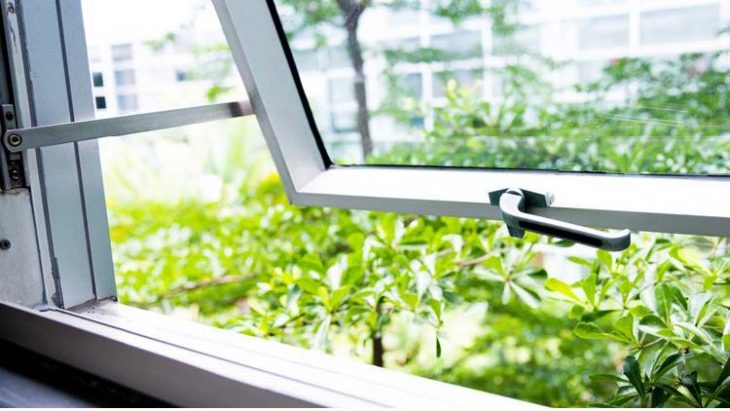
The author suggests that understanding and having control of heating, lighting, and ventilation systems, together with a deeper understanding of human thermal comfort needs. It is possible to deliver energy and resources savings.
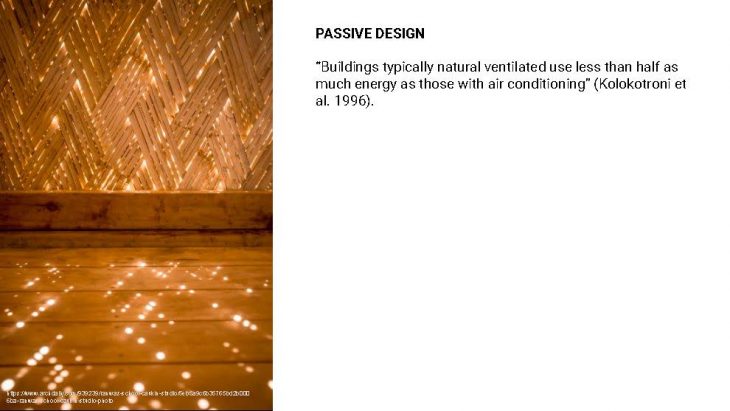
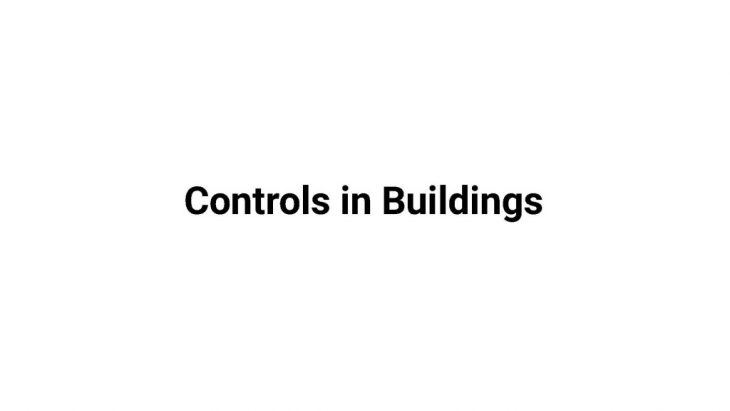
The author proposes the Logit Model, a probability algorithm relating occupant behavior to indoor and outdoor temperature. The method has often been used in thermal comfort studies to investigate the changing incidence of discomfort with increases in temperature.
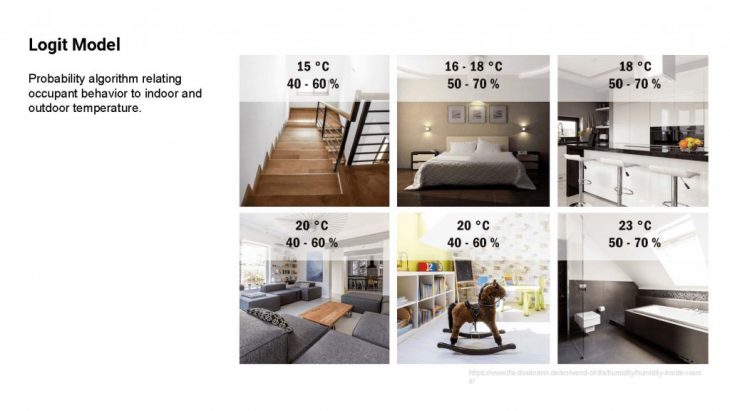
The algorithm produced is expressed as the likelihood a particular control is used in terms of the physical conditions either inside or outside the building. 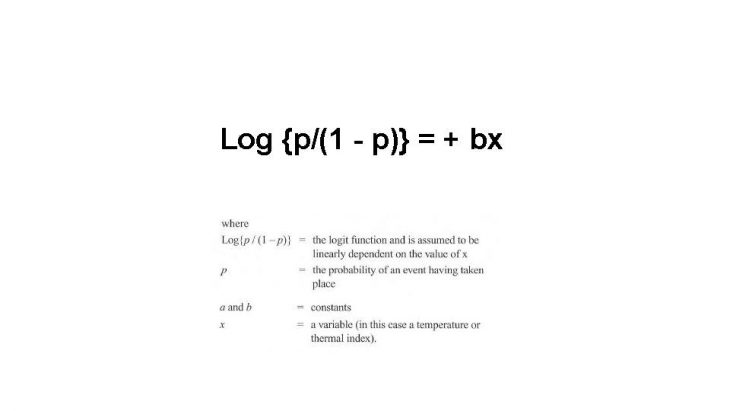
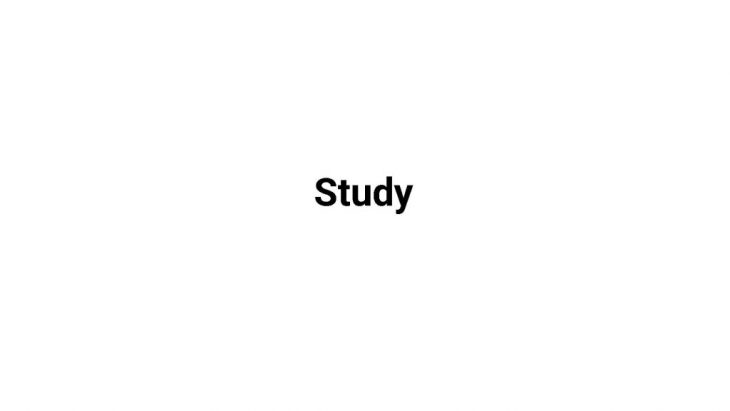
The author analyzes three databases to make an estimation of the use of controls. They are results from field studies in office in 6 different countries. The data base includes: 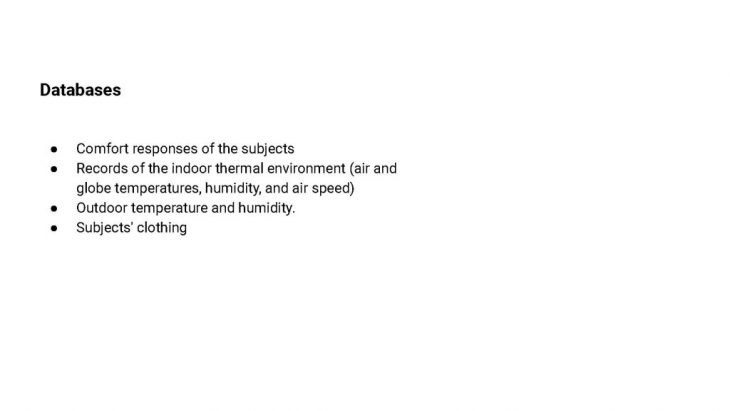
The study is mainly focused in the following controls that the building provides:
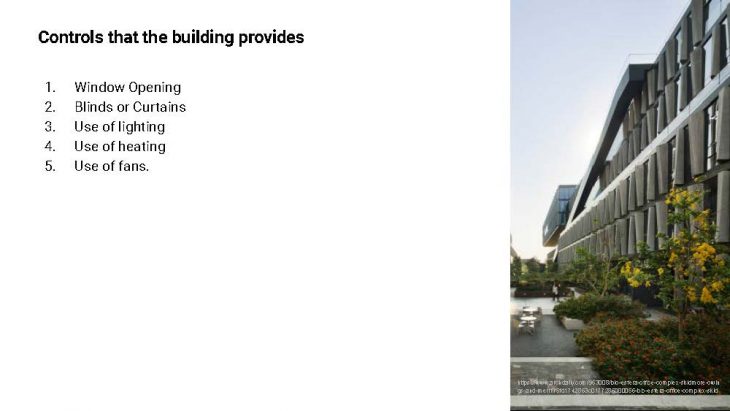
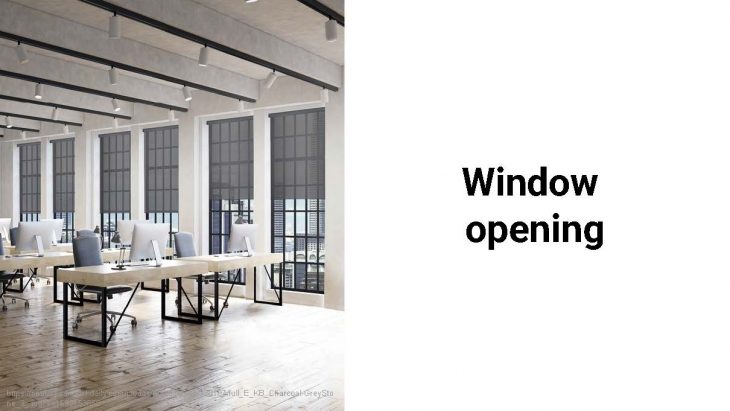
The stochastic analysis compares the indoor and outdoor temperatures with the logit approximations. Here we can observe the relation between the occupants who open the windows in relation to the indoor and outdoor temperature.
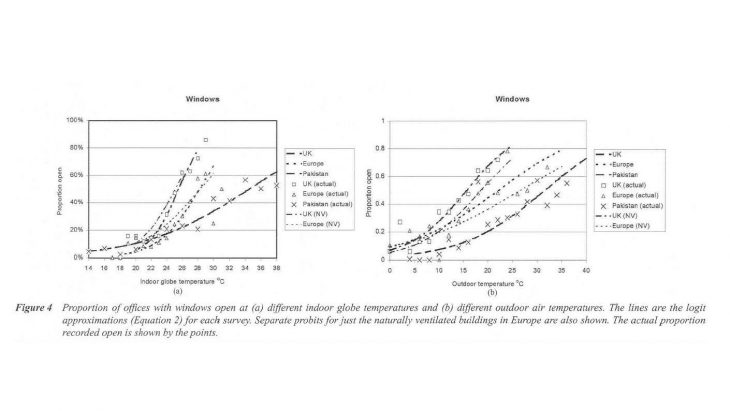
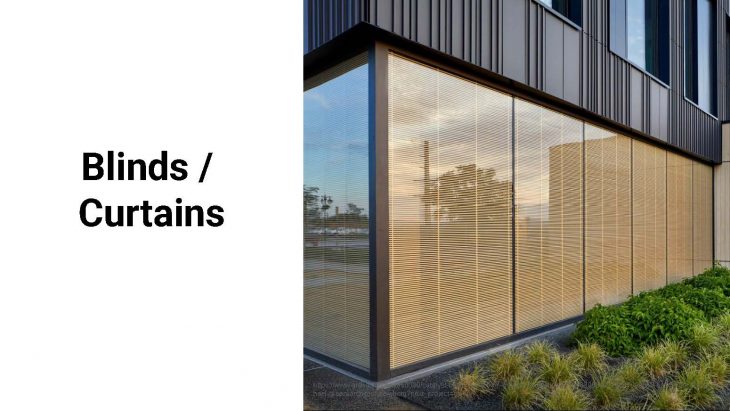
Here the stochastic model shows a really different scenarios contrasting the proportion of closed blinds in relation with the indoor and outdoor temperature. Occupants are more likely to use the building controls in hotter weather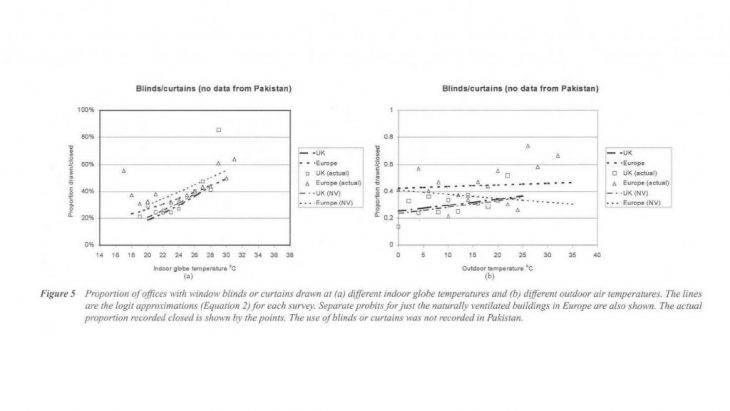
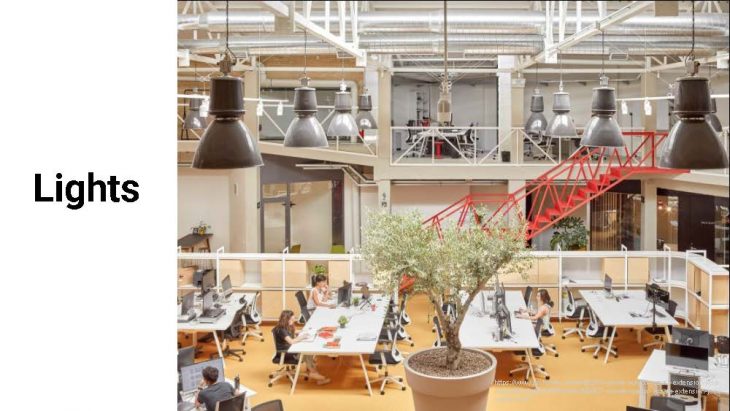
Regarding lights, the stochastic model shows the proportion of occupants switching on the lights. 60% of European offices are using lights even in the hottest weather. Whereas in Pakistan the number of offices with switching on lights, increases slightly with temperature
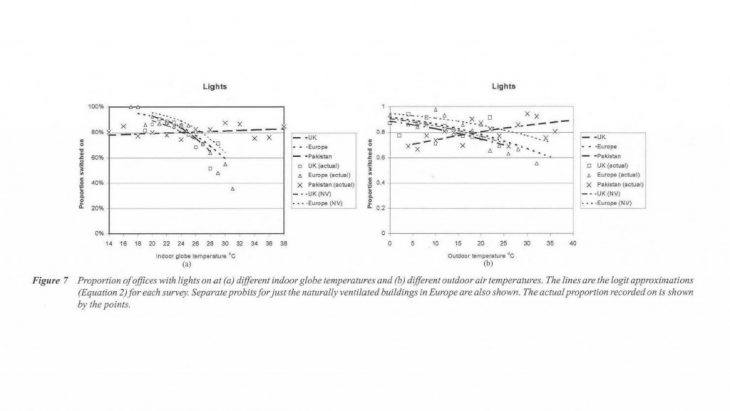
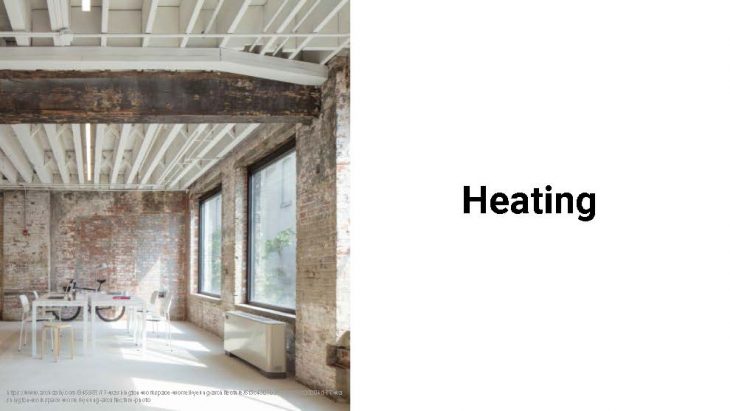
Here, outdoor temperature is clearly the key factor in deciding the use of heating. There is a negative relationship between the use of heating and indoor temperature, suggesting that occupants are more likely to use heating when the indoor temperature is low.
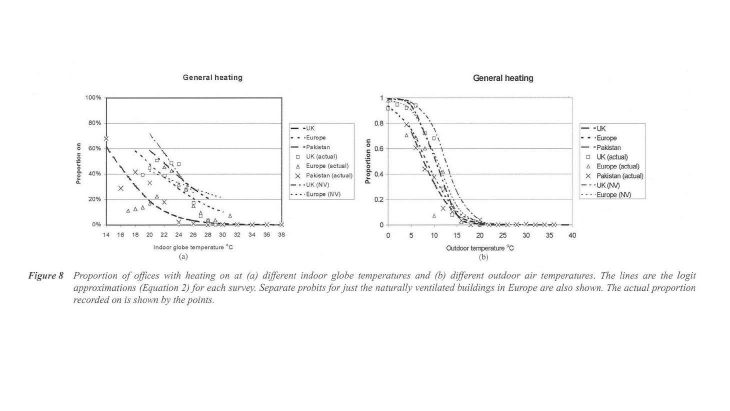
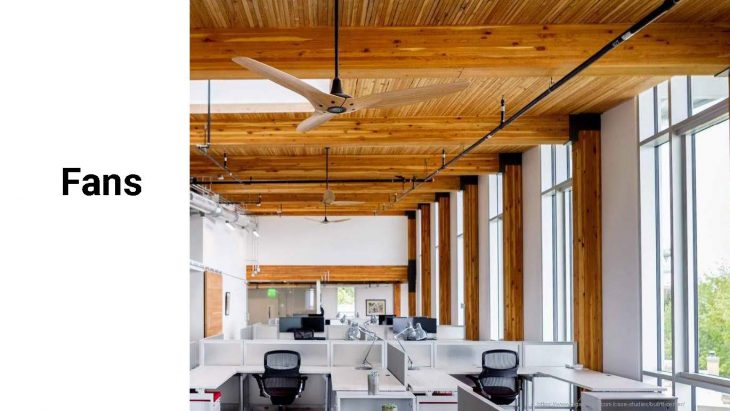
The model suggest a similar growing behavior but the use of fans starts at an indoor temperature of about 22°C and increases to 100% at an indoor temperature of 34°C
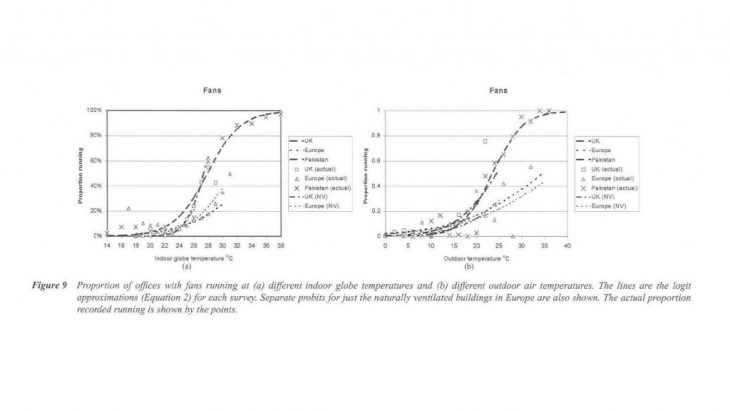
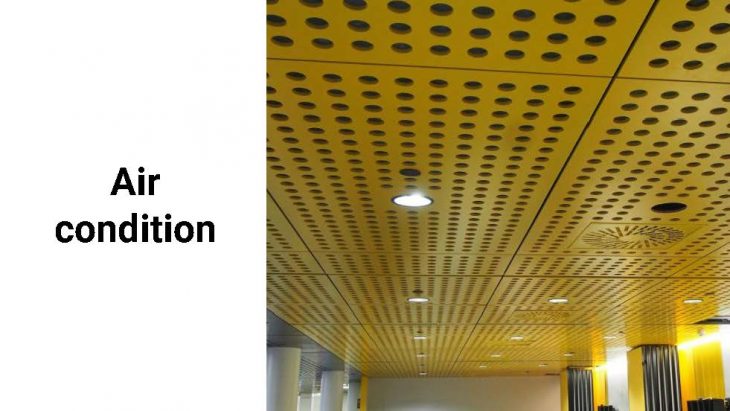
The model suggest that European subjects use the AC for heating as well for cooling. The Pakistanis subjects use mainly AC based on the indoor temperature.
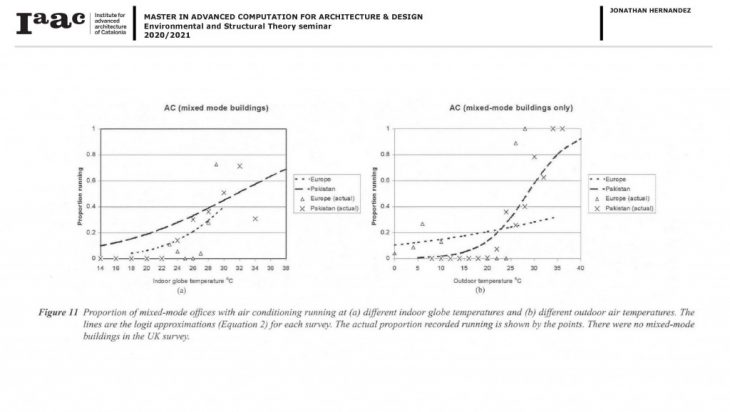

- Use of controls is related to the comfort of the building occupants. The relationship is never precise but is stochastic, changing with the conditions that prevail either indoors outdoors.
- Indoor temperature at which a proportion of occupants start to open windows for ventilation is similar in all climates
- The differences between the surveys may be explained by the differences in the climate in which they were conducted and the culture of the occupants.
- The influence of temperature on the use of lighting and blinds is probably a secondary effect of seasonal factors that change temperature and lighting simultaneously.
- Using these results to inform simulations assumes that the aim is to predict a distribution of indoor temperatures rather than a precise value.
- The full analysis will require that other factors such as solar intensity or wind speed should be also included.